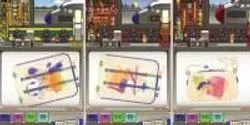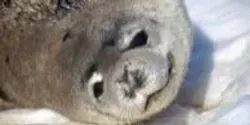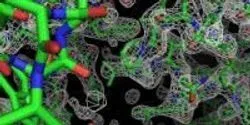News

For its 2014 BioArt Awards, the Federation of American Societies for Experimental Biology (FASEB) awarded top honors for an image produced by postdoctoral fellow Sabriya Stukes and processed by Hillary Guzik in the Albert Einstein College of Medicine's Analytical Imaging Facility.

For the first time, a mission designed to set its eyes on black holes and other objects far from our solar system has turned its gaze back closer to home, capturing images of our sun. NASA's Nuclear Spectroscopic Telescope Array, or NuSTAR, has taken its first picture of the sun, producing the most sensitive solar portrait ever taken in high-energy X-rays.

Researchers at Sandia and Argonne national laboratories have demonstrated, for the first time, a method to successfully predict pressure-dependent chemical reaction rates. It’s an important breakthrough in combustion and atmospheric chemistry that is expected to benefit auto and engine manufacturers, oil and gas utilities and other industries that employ combustion models.

Forgetfulness, it turns out, is all in the head. Scientists have shown that fading memory and clouding judgment, the type that comes with advancing age, show up as lost and altered connections between neurons in the brain. But new experiments suggest an existing drug, known as riluzole and already on the market as a treatment for ALS, may help prevent these changes.

Ames Laboratory scientists use genetic markers to discover the rhizosphere.

In 2014, Lawrence Livermore National Laboratory (LLNL) built on a 62-year tradition of translating basic science into technologies that ensure national security, address pressing real world problems and expand the boundaries of fundamental science.















